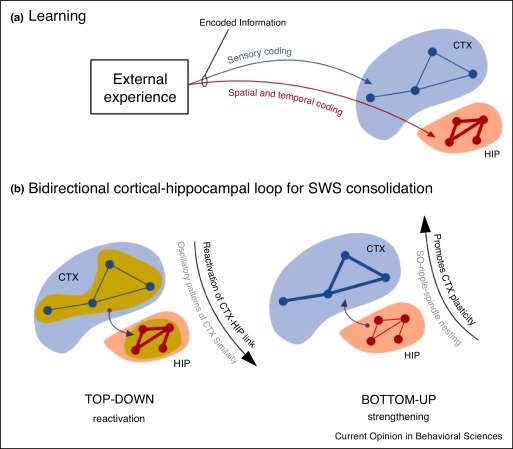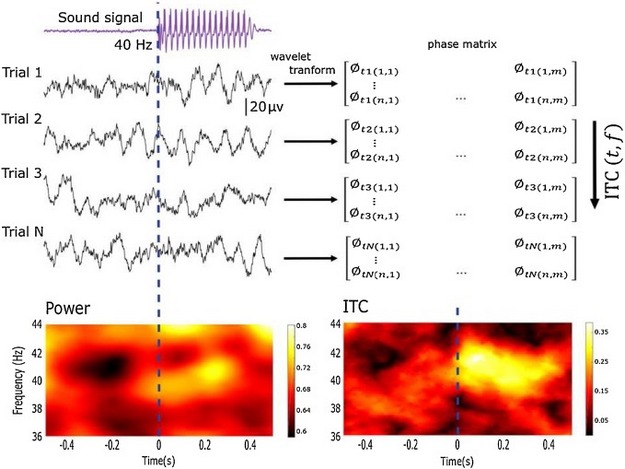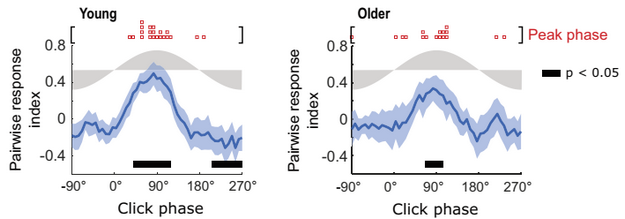Methodological advances for HFO analysis
A review was published recently at J. Physiol. Paris where we discuss recent methodoligcal advances in the analysis of High Frequency Oscillations (HFOs).
In this report, we dicuss how recording technologies have advanced such that oscillations of neuronal networks can be identified from simultaneous, multisite recordings at high temporal and spatial resolutions. We go further in describir the challenges that arise for those analyses. Specifically, we highlight difficulties of methods to extract meaningful information related to time, frequency and space.
 Examples of real and spurious HFOs identified by automatic detection methods
Examples of real and spurious HFOs identified by automatic detection methods
In this review, we aim to bridge this gap by focusing on the new analysis tools developed for the automated detection of high- frequency oscillations (HFOs, >40 Hz) in local field potentials. For this, we provide a revision of different aspects associated with physiological and pathological HFOs as well as the several stages involved in their automatic detection including preprocessing, selection, rejection and analysis through thresholding and time-frequency processes.
 Automatic detection of HFOs by energy thresholding
Automatic detection of HFOs by energy thresholding
Beyond basic research, the automatic detection of HFOs would greatly assist diagnosis of epilepsy disorders based on the recognition of these typical pathological patterns in the electroencephalogram (EEG).
Also, we emphasize how these HFO detection methods can be applied and the properties that might be inferred from neuronal signals, indicating potential future directions.
If you want to read more about methods on oscillation anlaysis, you can access our review here
Navarrete M, Pyrzowski J, Corlier J, Valderrama M, Le Van Quyen M. Automated detection of high-frequency oscillations in electrophysiological signals: Methodological advances. J Physiol Paris. 2016;110(4 Pt A):316-326. doi:10.1016/j.jphysparis.2017.02.003
Note: Please contact me if you’d like full-text copies of a paywalled article.




